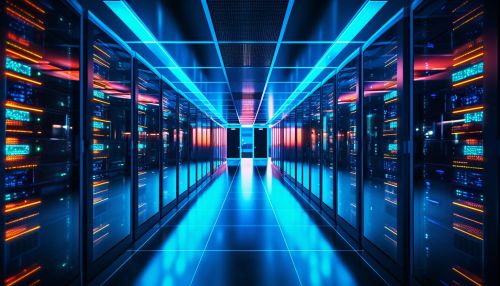Data Stream Management
Overview
A Data Stream Management System is a computer software system to manage and control continuous data streams. These systems are designed to ingest, process, and store data that is continuously generated, often at a high rate. This is in contrast to traditional database management systems, which are designed to deal with data at rest.
Data Streams
A data stream is a sequence of digitally encoded coherent signals used to transmit or receive information that is in the process of being transmitted. In the context of data stream management, these streams are typically generated by a variety of sources, such as sensors, web servers, financial markets, and social media platforms. Each of these sources continuously produces data, often in real-time, creating a constant flow of information that needs to be managed.
Data Stream Management Systems
Data Stream Management Systems are designed to handle these continuous streams of data. They provide a platform for ingesting, processing, and storing the data, as well as querying and analyzing it in real-time. DSMSs are typically designed to handle high volumes of data, often in the order of millions of events per second.


Architecture of a DSMS
The architecture of a DSMS typically consists of several components, including:
- Input Adapters: These components are responsible for ingesting the data streams into the system. They convert the raw data into a format that can be processed by the DSMS.
- Stream Processing Engine: This is the core of the DSMS. It processes the data streams in real-time, executing queries and performing computations on the data as it arrives.
- Output Adapters: These components take the results of the processing and deliver them to the appropriate destinations. This could be a database for storage, a dashboard for visualization, or another system for further processing.
- Query Processor: This component allows users to query the data in real-time, providing insights and analytics based on the current and historical data.
Processing Models
There are several processing models that a DSMS can use to handle data streams, including:
- Stream Processing: In this model, the DSMS processes the data as it arrives, in real-time. This is often used for applications that require immediate insights, such as fraud detection or real-time analytics.
- Batch Processing: In this model, the DSMS collects data over a period of time and then processes it all at once. This is often used for applications that do not require real-time insights, such as daily reports or historical analysis.
- Hybrid Processing: Some DSMSs use a hybrid model, combining elements of both stream and batch processing. This allows them to handle both real-time and historical data, providing a more flexible solution.
Applications of DSMS
Data Stream Management Systems are used in a variety of applications, including:
- Real-Time Analytics: DSMSs can provide real-time insights into data, allowing businesses to make decisions based on the most current information.
- Fraud Detection: By analyzing data streams in real-time, DSMSs can help detect fraudulent activity as it occurs.
- Sensor Data Management: DSMSs can manage data from a large number of sensors, such as those used in Internet of Things (IoT) applications.
- Network Monitoring: DSMSs can monitor network traffic in real-time, helping to detect and prevent security threats.
Challenges in Data Stream Management
Managing data streams presents several challenges, including:
- Volume: The sheer volume of data generated by data streams can be overwhelming. DSMSs must be able to handle this high volume of data in real-time.
- Velocity: Data streams are often generated at a high rate. DSMSs must be able to keep up with this velocity, processing the data as it arrives.
- Variety: Data streams can come from a variety of sources, each with its own format and structure. DSMSs must be able to handle this variety, ingesting and processing data from multiple sources.
- Veracity: The quality of data in data streams can vary. DSMSs must be able to handle this variability, ensuring that the data is accurate and reliable.
Future of Data Stream Management
As the volume, velocity, and variety of data continues to increase, the importance of data stream management is likely to grow. Advances in technology, such as the Internet of Things and real-time analytics, are driving the need for more efficient and effective data stream management systems. As a result, we can expect to see continued innovation and development in this field.
See Also
- Real-Time Analytics - Internet of Things - Big Data - Data Management - Database Management Systems
